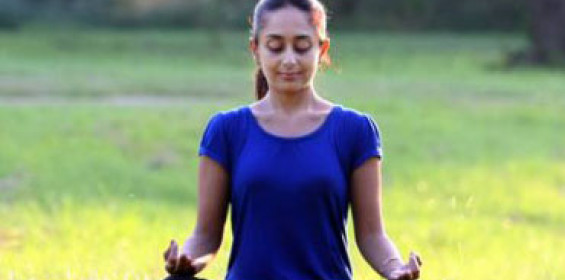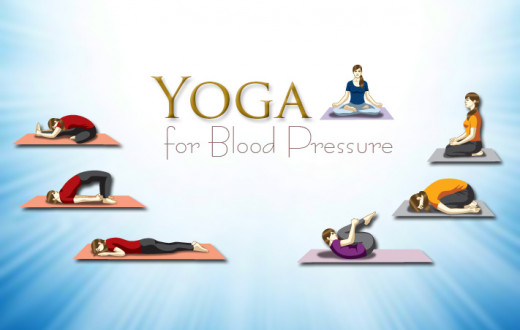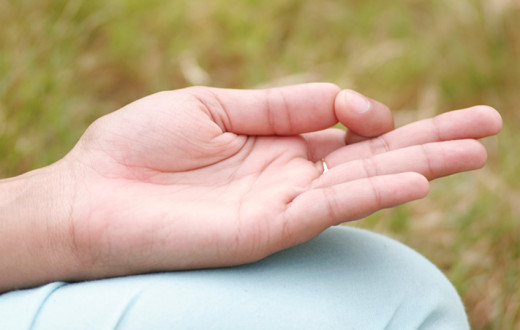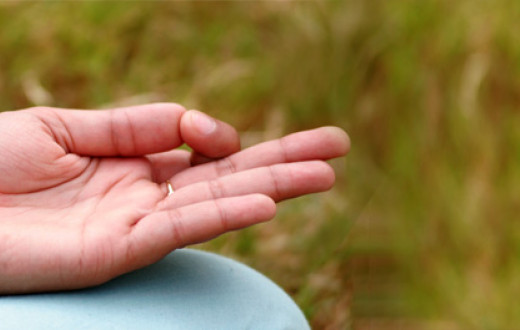Yoga is a spiritual discipline dating back to some 5000 years in the history of Indian philosophy, its purpose, mainly to unleash spiritual and mental powers of an individual. However, in recent times yoga has been extremely popular in the context of fighting stress, anxiety and depression in these times of industrialization and our super-fast lifestyles.
Apart from the spiritual aspects, the physiological benefits acquired from yoga have recently had radical scientific understandings behind its workings. It is also moderatea the surge and the production of chemicals in the body that affect us mentally, physically as well as psychosomatically. So, let's understand the science behind yoga that makes it so useful!
Moderates Stress Hormones
When our body gets severely stressed, it secretes a hormone called cortisol which keeps us alert in crisis situations, but also disturbs the body functioning in the long term. Yoga reduces the stress level of a person, thus moderating the production of the cortisol hormone and keeping the individual calm.
Secretes Antioxidant Enzymes
Repeated exposure to environmental pollutants and metabolic by-products result in the formation of free radicals, which contribute to many diseases including cancer and expedite the aging process. To counteract free radicals, the human body has a powerful internal defense system in the form of antioxidant enzymes. The levels of antioxidant enzymes were found to be significantly higher in people practicing yoga, thus enhancing the defense against free radical damage.
Stimulates Parasympathetic Nervous System
Yoga actually stimulates the parasympathetic nervous system, which calms us down and restores balance after a major stress is over. When the parasympathetic nervous system switches on, blood is directed toward endocrine glands, digestive organs, and other organs, thus reducing the heartbeat rate and lowering the blood pressure.
Improves Immunity Function
This is attributed to the fact that yoga reduces cortisol hormone. Too much of cortisol can dampen the effectiveness of the immune system by immobilizing our defense system in the body (WBC). Yoga moderates the production of cortisol, thus boosting immunity.
Cures Addiction
Dopamine, a chemical in the brain that gives one contentment during a high on ones drug of choice is generated naturally by doing yoga. Thus, the craving for that level of contentment from addiction is no longer manifested. Yoga can give one the same level of dopamine high or contentment, thus cutting out the craving of addiction.
Enlarges the Brain
After conducting MRI scans, scientists have discovered that people practicing yoga have more gray matter (brain cells) than the non-practitioners do. It was found that with more hours of practice per week, certain areas were more enlarged – a finding that hints that yoga was a contributing factor to the bigger brain size.
Yogis have larger brain volume in the regions that contain mental mapping of our body, involved in directing attention, critical to dampening stress, and areas key to our concept of the self.
Helps Stay in the Present
Yoga makes one attentive to the present moment and gives more awareness towards negative thoughts and the ability to let go of them for the sake of self-preservation.
Yoga Mudras
Yoga mudras are postures of the hand that stimulate certain parts of the brain and body. Strangely enough, it has been observed that babies perform the mudras on their own subconsciously.
Adi mudra: A newborn baby has its thumb tucked inside its palm and the other fingers wrapped around it into a fist. This is the adi mudra that relaxes the nervous system, improves flow of blood to the head and increases the capacity of the lungs.
Chin mudra: When a baby sleeps, the tip of its forefinger touches the tip of the thumb and all the other fingers are extended. This is the chin mudra that improves sleep pattern, increases energy in the body and alleviates lower backache.
Merudanda mudra: When a baby sucks its thumb, the thumb points upward and fingers are rolled. This is the merudanda mudra that energizes the middle-section of the body.
While yoga may look like just a couple of body-bending exercises to the normal eye, a lot goes on under the skin when you twist your limbs and consciously breathe. Also, yoga is not just a set of asanas that one performs on the mat, but rather a way of life. With a healthy body and calm mind, one is bound to live a happier and stress-free life. Sounds good? But do not be in a hurry to get into a difficult looking pose just yet. Ensure that you learn yoga under a certified professional like an Sri Sri Yoga teacher and practice regularly to gain long-term benefits!







































